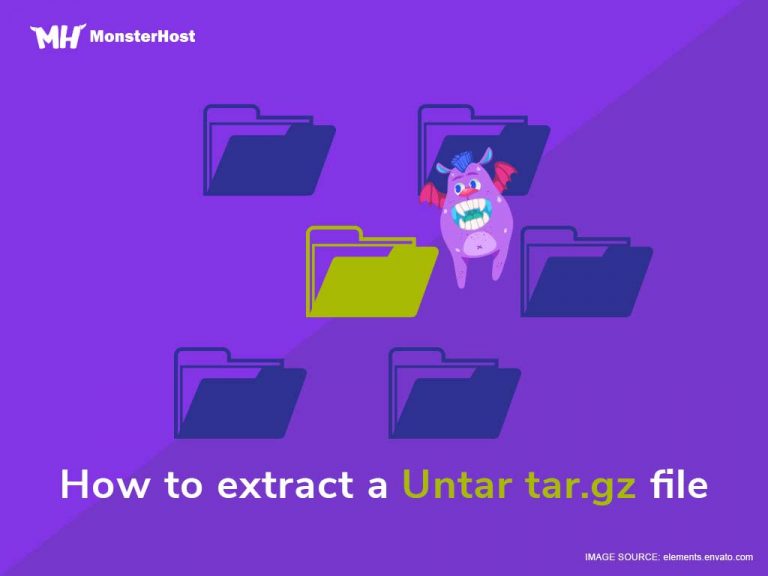
gz files are compressed with gzip compression algorithm.
#LINUX UNTAR GZ ARCHIVE#
To extract the GZ archive to the current directory, use below command. Extract GZ file keep both orginal file and newĮxtract GZ archive file in Linux Terminal.Extract GZ archive file in Linux Terminal.
#LINUX UNTAR GZ HOW TO#
Now you know how to work with gzipped files. More to view the compressed file in pagesĭiff to see the difference between two compressed files Less to view the compressed file in pages Grep to search inside the compressed file Speaking of diff, you may want to look at Meld GUI diff tool. zdiff logfile1.gz logfile2.gz zdiff command While this might not be that useful on huge log files, you can use zdiff to see the difference between compressed files, in the same way as you use the diff command. For example: zgrep -i keyword_search logfile.gz Comparing compressed files with zdiff You can use it with all the regular grep options. zgrep is the Z counterpart of grep that allows you to search inside gzipped compressed files without extracting them. Grep is a hell of a powerful command and I think, one of the most used Linux commands. zless logfile.gz zmore logfile.gz Searching inside compressed files with zgrep All the keyboard shortcuts of less and more work the same. Same as less and more, you can use zless and zmore to read the content of the compressed files without decompressing the files. zcat -f logfile.gz zcat command Reading compressed files with zless and zmore This will display the content of the file irrespective of whether it is gzipped or not. gz extension), you can use zcat with option -f. If you don’t know if the file is compressed (i.e., files without. You can use regular less and more commands with zcat to see the output in pages: zcat logfile.gz | less zcat logfile.gz | more This will display all the contents of logfile.gz without even extracting it. zcat is used in exactly the same manner as you use cat. If you use the cat command, you can replace it with zcat. These Z commands work pretty much the same as their regular counterpart for the most popular options. You don't have to learn new command syntax.


These Z commands provide a ‘Z’ equivalent to regular file manipulation commands.

They work directly on compressed files.Īctually, it does kind of extract it temporarily in /tmp, but that’s not the same as an actual extraction, is it? Not many people are aware of the powerful 'Z commands' that work on the gzipped files without you needing to extract them first. Use Z commands! Dealing with Gzip compressed files without extracting them You extract all the required files one by one, analyze them and then remove the extracted files when you don't need them anymore. Viewing Gzip file with normal `cat` commandīut extracting the compressed log files first and then analyzing them takes more time and disk space. Why? Unlike regular text files, where you can use the cat command to viewcontent of the file or use grep command on it or use less to read the content without flooding your screen, compressed files cannot be used with the same regular Linux commands. gz log files first and then use cat, less, grep etc commands to read and analyze the logs. If you are investigating some issue and you have to deal with gzip compressed logs, the normal workflow is to extract the. On Linux servers, logs are often compressed in gzip format to save disk space.


 0 kommentar(er)
0 kommentar(er)
